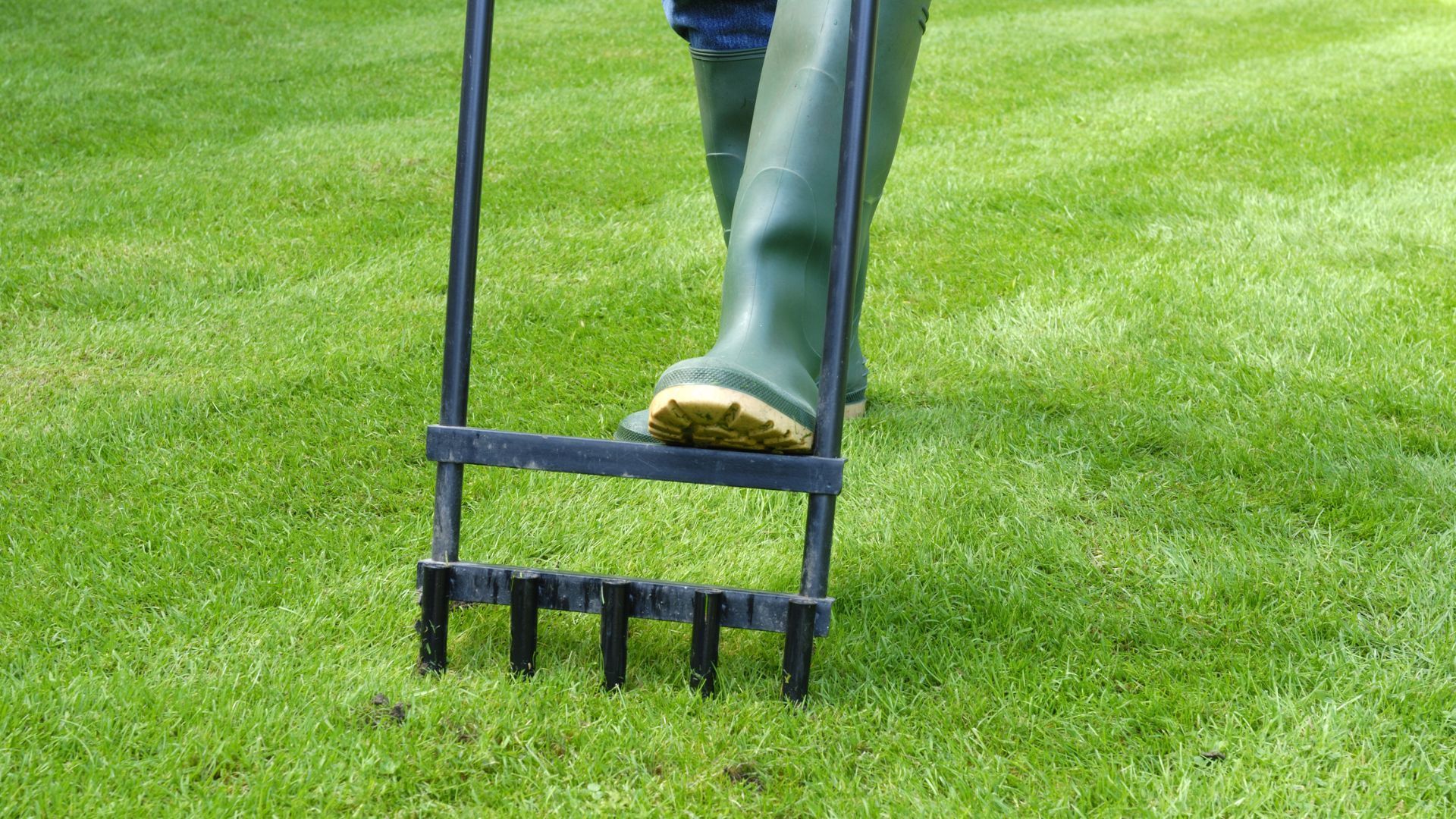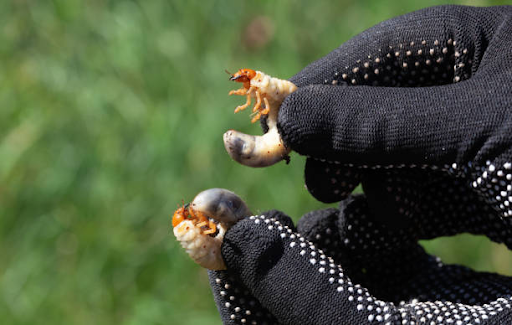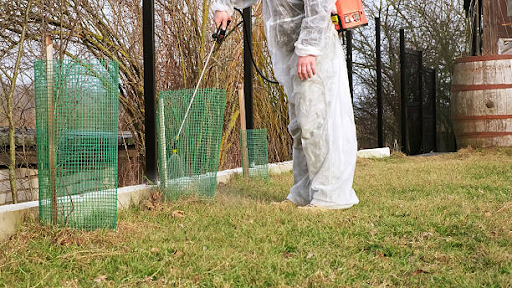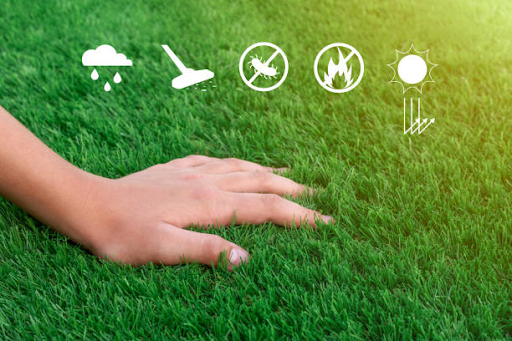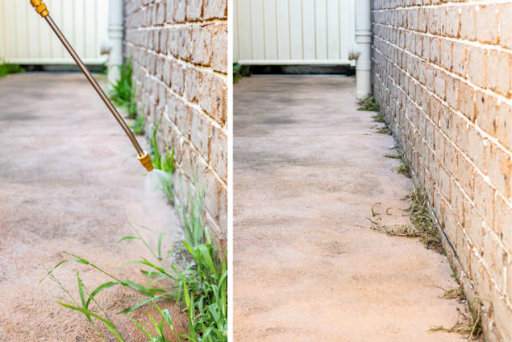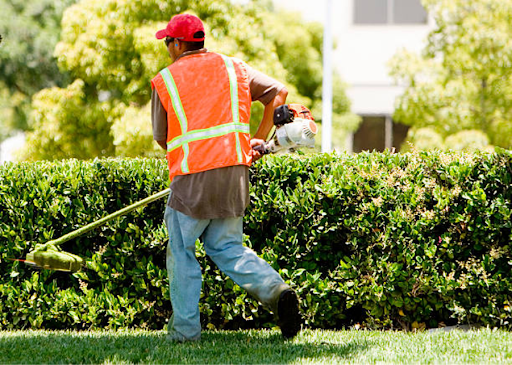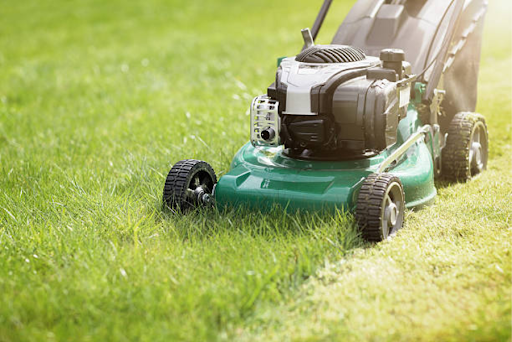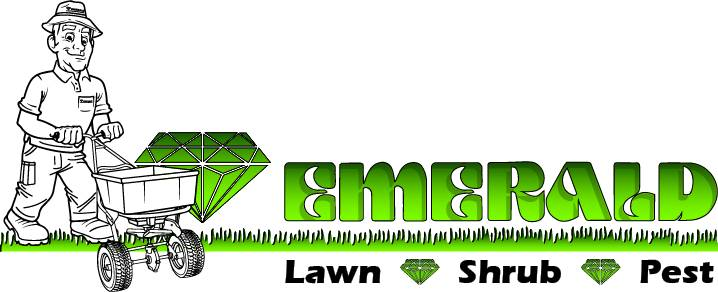Emerald Lawn-Scapes P.O. Box 174 Boonton, NJ 07005-1752
What Are Lawn Grubs and How Do You Eliminate Them?
Lawn grubs are one of the most common yet destructive pests homeowners face when maintaining a healthy lawn. If you’re a homeowner in Morris County, NJ, knowing how to identify and manage these pests is essential for keeping your grass lush and vibrant throughout the year. Grubs may seem small, but their impact on your lawn can be significant, causing unsightly brown patches and damaging your turf’s root system. For more information on protecting your lawn from these pests, visit Emerald’s pest services page.
Understanding Lawn Grubs: Lifecycle and Damage
Lawn grubs are the larvae of various beetle species, including Japanese beetles, June beetles, and European chafers. These creamy-white larvae live beneath the soil surface and feed on grassroots, which weakens the lawn and causes the grass to wilt and die. The grub lifecycle typically begins with adult beetles laying eggs in the soil during the summer months. After a few weeks, these eggs hatch into grubs, which continue feeding through the fall.
In Morris County NJ, grub activity often peaks in late summer and early fall. By the time homeowners notice damage, grubs have already compromised the lawn’s root system. If left untreated, grub infestations can lead to extensive damage, making lawn restoration more difficult and costly.
Signs You Have a Grub Problem
Identifying grub infestations early is crucial to effective control. Some common signs include:
- Brown or dead patches of grass that can be easily pulled up
- Increased activity of animals such as birds, raccoons, or skunks digging for grubs
- Spongy feel to the turf when walking on the lawn due to root damage
If you observe any of these symptoms, it’s time to take action with professional grub control services in Morris County NJ.
How to Eliminate Lawn Grubs: Effective Control Methods
When it comes to grub control, there are multiple options ranging from chemical treatments to natural biological solutions. Choosing the right method depends on the severity of the infestation, lawn size, and homeowner preferences for eco-friendly products.
One of the most effective ways to control grubs is to use insecticides specifically formulated for grub treatment. These products target grubs in the soil and prevent them from feeding on your lawn roots. However, timing is critical. Applying treatments too early or too late can reduce their effectiveness.
Biological grub control is an excellent alternative for homeowners seeking a natural approach. Beneficial nematodes—microscopic worms that hunt and kill grubs—can be introduced into the soil. These nematodes are safe for people, pets, and plants but deadly to grubs. This method is environmentally friendly and aligns well with sustainable lawn care practices.
Preventing Future Grub Infestations
Prevention is always better than cure. Maintaining a healthy lawn can make it less susceptible to grub infestations. Proper watering, mowing, and fertilizing strengthen grass roots and improve the soil’s natural resistance against pests.
Aerating your lawn regularly improves soil drainage and root growth, creating an unfavorable environment for grubs. It also helps beneficial organisms thrive, which naturally control grub populations.
Another preventive measure involves monitoring your lawn during peak beetle activity seasons. If adult beetles are spotted, early intervention with targeted treatments can prevent egg-laying and subsequent grub infestations.
Restoring Your Lawn After Grub Damage
After grub damage, restoring your lawn requires a combination of repair and ongoing care. Remove dead patches and reseed affected areas with appropriate grass seed for your region. Applying a balanced fertilizer promotes strong root growth and speeds up recovery.
Incorporating organic soil amendments, like compost, can improve soil health and resilience. Ongoing grub control treatments may be necessary to protect the newly seeded lawn.
When to Call the Professionals
For homeowners in Morris County, NJ, dealing with grubs can be challenging without professional expertise. Lawn care specialists offer grub inspections, treatments, and customized maintenance plans that ensure long-term lawn health. To get started or learn more, you can easily reach out to Emerald Lawn Care, who provide expert guidance tailored to local conditions. They can also advise on the best timing and products to use based on your area. Professional grub control services reduce the guesswork, minimize lawn damage, and deliver peace of mind for homeowners wanting a vibrant, grub-free lawn.
Summary of Key Points
- Lawn grubs feed on grassroots, causing brown patches and weakened turf.
- Early detection is essential to prevent widespread damage.
- Both chemical and biological control methods are effective, with beneficial nematodes offering an eco-friendly option.
- Maintaining a healthy lawn through proper care reduces the risk of infestations.
- Professional services provide expert grub inspection and treatment plans tailored to your lawn.
FAQs
What time of year are grubs most active?
Grubs are most active in late summer and early fall when larvae feed heavily on grassroots.
How can I tell if I have a grub problem?
Look for brown patches of grass that lift easily and signs of animals digging in your lawn.
Are biological treatments effective against grubs?
Yes, beneficial nematodes are a natural and effective biological treatment that targets grubs without harming your lawn or pets.
Can grub infestations damage my lawn permanently?
If untreated, grub damage can be severe and lead to long-term lawn health problems, but with prompt treatment and care, your lawn can recover.
Should I treat my lawn every year for grubs?
Annual treatments depend on the severity of past infestations and local conditions; professional assessment is recommended.
